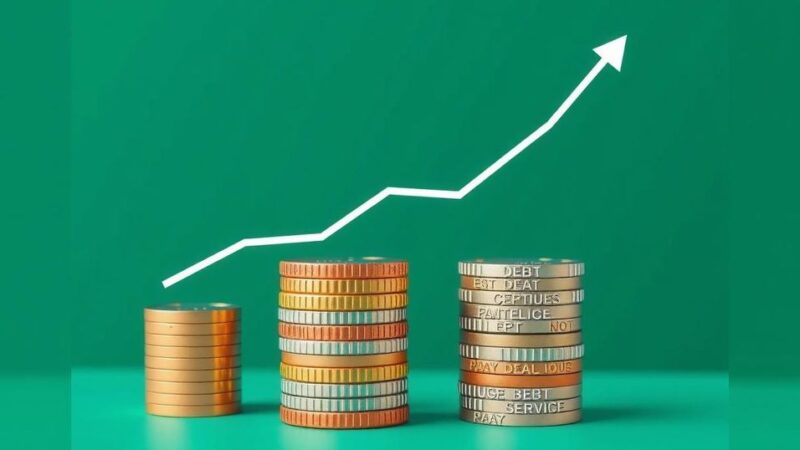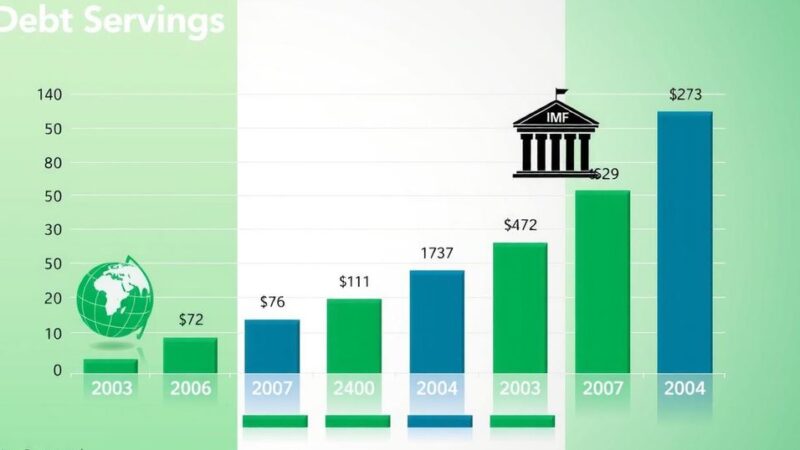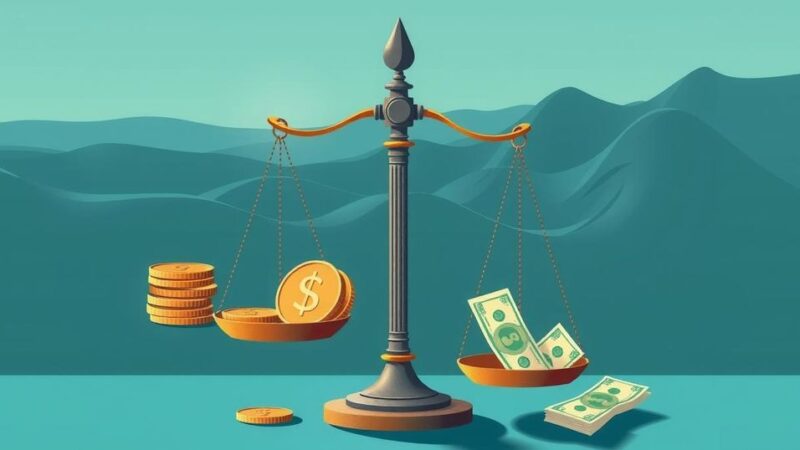Brazil’s economy grew by 3.4% in 2024, the largest expansion since 2021, with significant contributions from the services and industrial sectors. A decline in agriculture due to climatic factors occurred, but household consumption surged. The unemployment rate reached a record low of 6.6%, and GDP per capita increased.
In 2024, Brazil’s economy experienced a substantial growth of 3.4%, marking the highest expansion rate since 2021. The Gross Domestic Product (GDP) reached BRL 11.7 trillion (approximately USD 2 trillion), as reported by the Brazilian Institute of Geography and Statistics (IBGE) on Friday.
This achievement signifies the fourth consecutive year of economic growth in Brazil, following growth rates of 3.2% in 2023, 3.0% in 2022, and 4.8% in 2021. It is essential to note that the 2021 figure was influenced by a low comparison base due to a 3.3% economic contraction in 2020 caused by the onset of the COVID-19 pandemic.
The services and industrial sectors were the primary drivers of the GDP growth in 2024, advancing by 3.7% and 3.3%, respectively, compared to 2023. Conversely, the agriculture sector saw a contraction of 3.2%, with impactful climatic conditions affecting crucial crops such as soybeans and corn, which experienced declines of 4.6% and 12.5%, respectively.
When analyzing GDP from a consumption perspective, household spending was significant, increasing by 4.8%. Rebeca Palis, IBGE’s national accounts coordinator, attributed this growth to favorable conditions, including government income transfer programs, improvements in the job market, and lower average interest rates than in 2023.
At the end of 2024, Brazil registered an unemployment rate of 6.6%, the lowest in the nation’s history. Furthermore, GDP per capita reached BRL 55,247.45 (USD 9,600.40), reflecting a 3% increase from 2023, adjusted for inflation.
In summary, Brazil’s economy demonstrated impressive growth in 2024, driven predominantly by the services and industrial sectors, despite setbacks in agriculture. The significant increase in household consumption, attributed to various supportive factors, alongside the historical low unemployment rate, underscores the positive economic trajectory. The rise in GDP per capita also indicates improved living standards for the Brazilian population.
Original Source: anba.com.br






